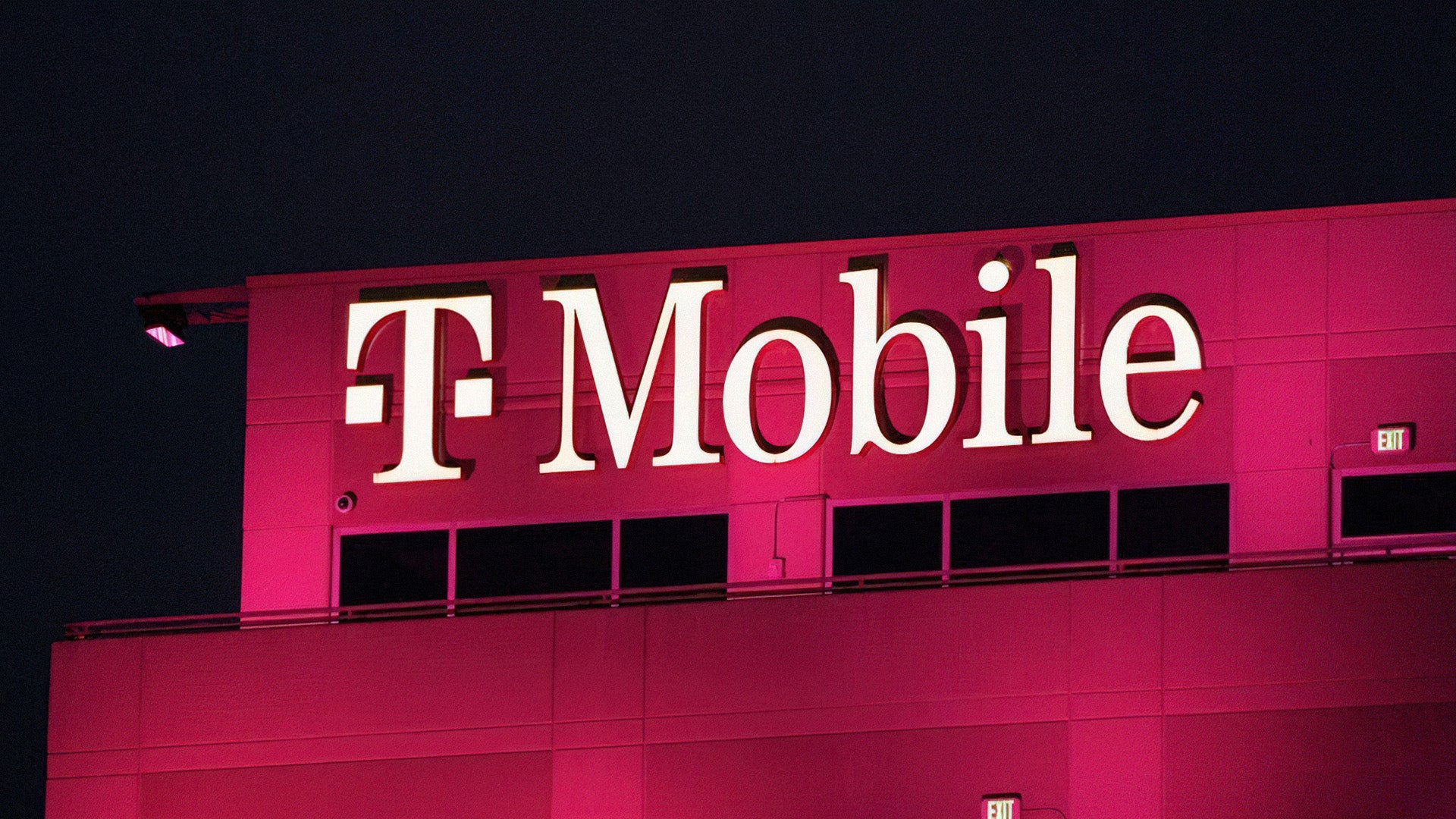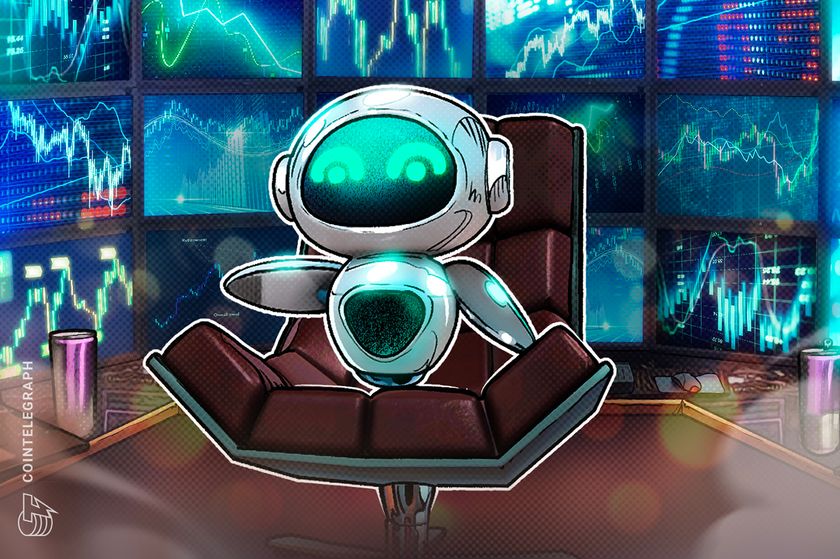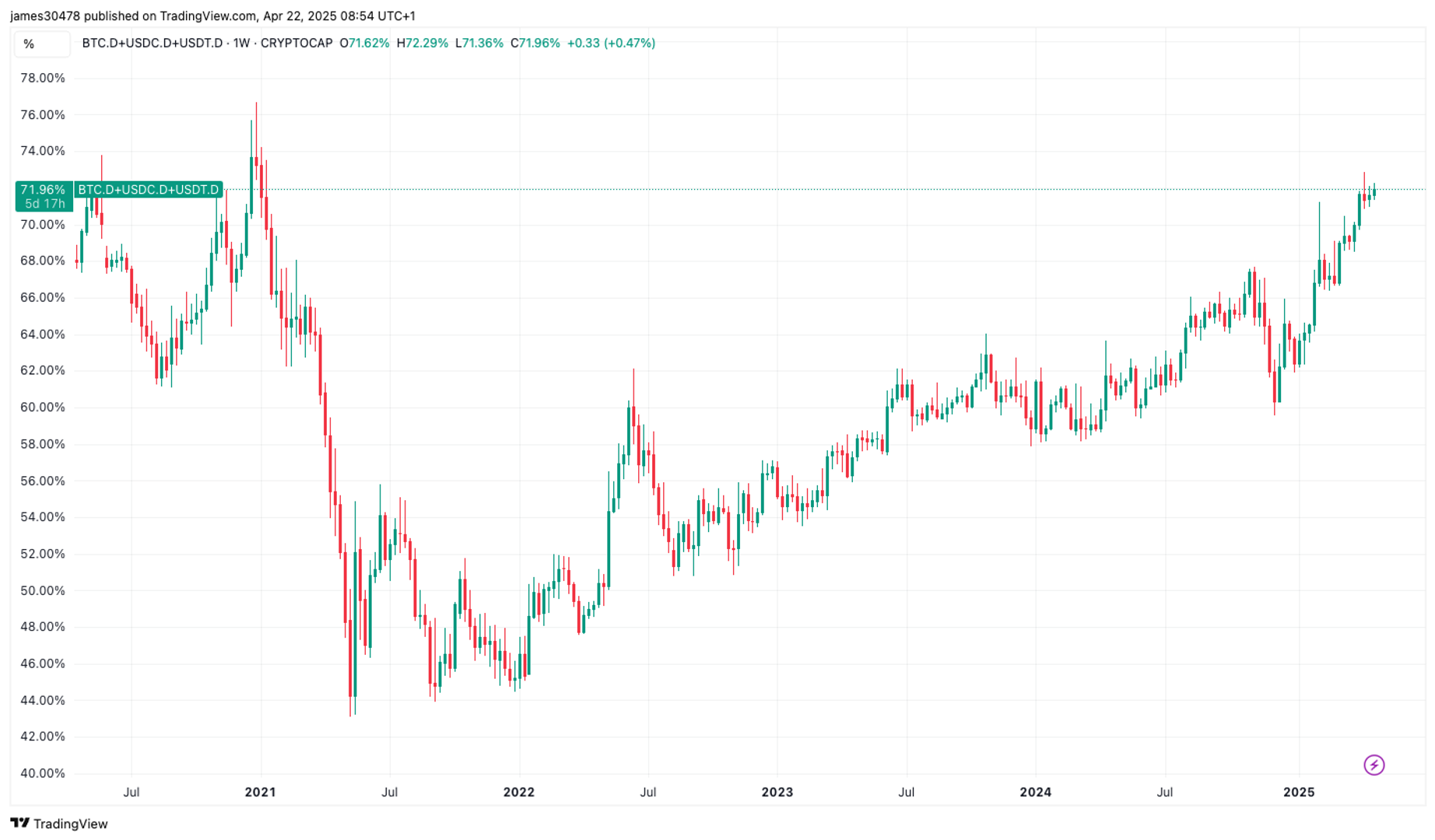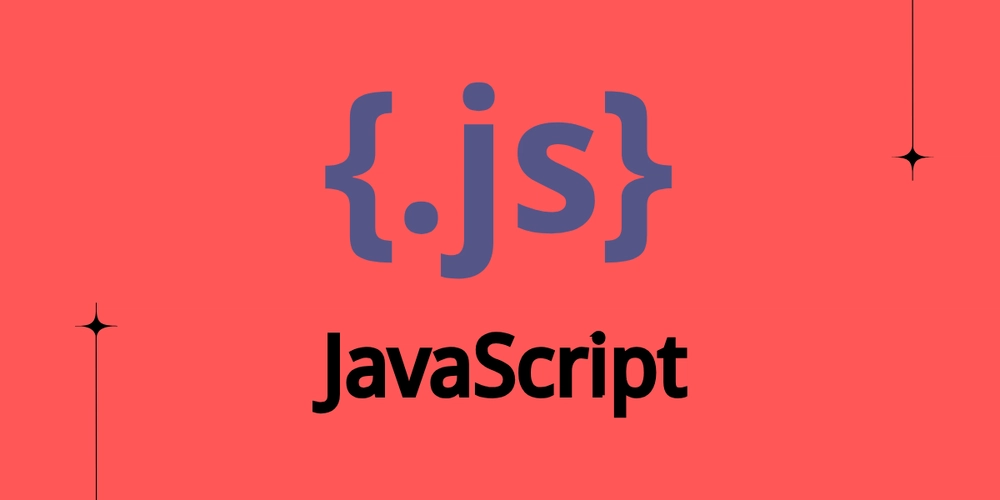MLOps for Green AI: Building Sustainable Machine Learning in the Cloud
The tech world is buzzing with two transformative trends — artificial intelligence (AI) and sustainability. As machine learning (ML) powers everything from predictive analytics to autonomous systems, its environmental footprint is growing. Cloud data centers powering ML workloads consume vast amounts of energy, contributing to significant carbon emissions. Enter MLOps for Green AI: A fusion of machine learning operations (MLOps) and sustainable DevOps practices that promise to make AI not just smarter, but greener. With over 18 years in IT and a deep focus on DevOps, I have seen firsthand how cloud infrastructure can be a double-edged sword — unlocking innovation while straining resources. My recent work on a cloud sustainability software-as-a-service (SaaS) platform taught me that MLOps can be a game-changer for eco-friendly AI. Here is how we can harness it to build sustainable ML workflows, drawing from real-world lessons in the field. The Hidden Cost of AI Training a single large language model (LLM) can emit as much carbon as five cars over their lifetimes, according to a 2019 study from the University of Massachusetts. When multiplied by the thousands of models deployed daily, the scale becomes staggering. Cloud providers such as AWS and Azure offer immense compute power, but without optimization, ML workloads can waste energy, inflate costs and undermine sustainability goals. Traditional DevOps excels at automating software delivery, but ML introduces new challenges: Data pipelines, model training and inference — all resource-intensive. MLOps bridges this gap, streamlining ML lifecycle management. When paired with a sustainability lens, it becomes a powerful tool to minimize waste and maximize efficiency. MLOps Meets Sustainability: A Practical Approach Recently, while working on a SaaS platform focused on cloud sustainability, the challenge of making ML workflows greener was addressed. Here is how MLOps principles, applied with tools like Kubernetes, Terraform and GitHub Actions, can drive sustainable AI: 1.Optimize Resource Usage With Intelligent Orchestration Kubernetes is a DevOps staple for container orchestration, but it is also a sustainability hero. By deploying ML models on Kubernetes clusters with auto-scaling, we can dynamically adjust compute resources to match demand. For example, I have used Horizontal Pod Autoscaling (HPA) to scale ML inference pods, cutting idle resource usage by up to 40%. Add tools like Kubernetes Event-Driven Autoscaling (KEDA) to trigger scaling based on ML workload events, and you have a lean, green pipeline. 2.Automate Infrastructure for Efficiency Terraform’s infrastructure-as-code (IaC) approach is not just for speed — it is for sustainability. In one project, I crafted Terraform modules to provision cloud resources (e.g., AWS EC2 and Azure AKS) with sustainability in mind, embedding policies to shut down unused instances and prioritize low-carbon regions. This reduced costs by 30% and emissions by a measurable amount — proof that IaC can align technical and environmental goals. 3.Streamline ML Pipelines With GitHub Actions Continuous integration and continuous delivery (CI/CD) is not just for code — it is for models too. Leveraging GitHub Actions, I automated ML training and deployment workflows, integrating carbon-aware scheduling (e.g., running jobs in off-peak, low-emission hours). This cut build times by 30% in a recent project, while also shrinking our carbon footprint. MLOps automation ensures models are deployed efficiently, not excessively. 4.Monitor and Minimize Carbon Impact Visibility is key. Tools such as Prometheus and Grafana, paired with cloud-native monitoring (e.g., AWS CloudWatch), enable us to track resource utilization and estimate carbon emissions. In my SaaS work, I built dashboards to monitor ML workloads, identifying over-provisioned clusters that waste energy. One tweak — right-sizing a Kubernetes node pool — saved 20% in compute costs and reduced our environmental impact. 5.Leverage Sustainable ML Techniques MLOps isn’t just about operations — it is about smarter ML. Techniques like model pruning (reducing model size) and federated learning (training locally to cut data transfer) lower energy use. Pruned models deploy 50% faster on Kubernetes, with a corresponding drop in cloud resource demands. Sustainable AI starts with sustainable models. Case Study: Cloud Sustainability SaaS In a recent project, a SaaS platform was designed to make cloud usage greener. Goal: Help clients optimize their cloud footprint, including ML workloads. Approach: I designed MLOps pipelines that deployed sustainable ML models — think carbon-aware training schedules and auto-scaling inference clusters. Result: Clients saw 40% cost savings and 100 tons of CO2 reduced across their AI operations. It wasn’t just about efficiency; it was about proving that MLOps can power a greener future. Why Does This Matter Now? The U.S. and global tech se
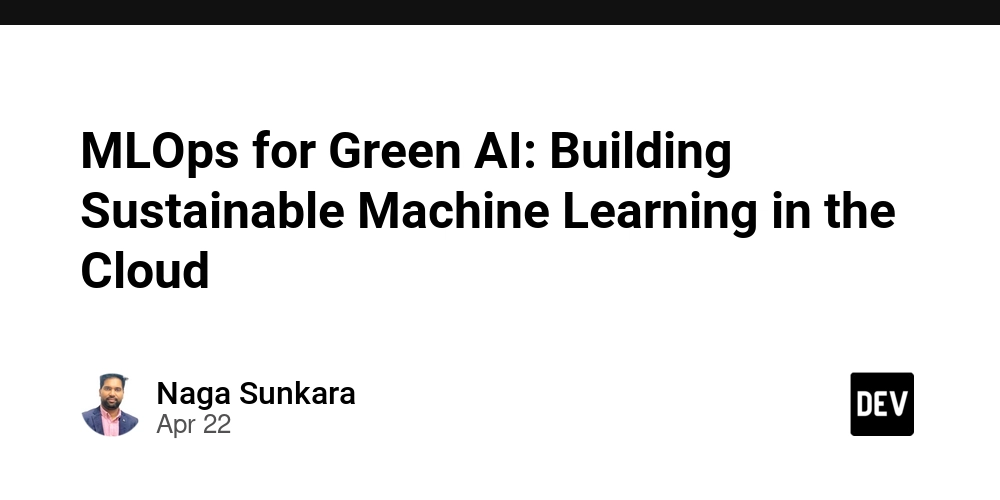
The tech world is buzzing with two transformative trends — artificial intelligence (AI) and sustainability. As machine learning (ML) powers everything from predictive analytics to autonomous systems, its environmental footprint is growing. Cloud data centers powering ML workloads consume vast amounts of energy, contributing to significant carbon emissions. Enter MLOps for Green AI: A fusion of machine learning operations (MLOps) and sustainable DevOps practices that promise to make AI not just smarter, but greener.
With over 18 years in IT and a deep focus on DevOps, I have seen firsthand how cloud infrastructure can be a double-edged sword — unlocking innovation while straining resources. My recent work on a cloud sustainability software-as-a-service (SaaS) platform taught me that MLOps can be a game-changer for eco-friendly AI. Here is how we can harness it to build sustainable ML workflows, drawing from real-world lessons in the field.
The Hidden Cost of AI
Training a single large language model (LLM) can emit as much carbon as five cars over their lifetimes, according to a 2019 study from the University of Massachusetts. When multiplied by the thousands of models deployed daily, the scale becomes staggering. Cloud providers such as AWS and Azure offer immense compute power, but without optimization, ML workloads can waste energy, inflate costs and undermine sustainability goals.
Traditional DevOps excels at automating software delivery, but ML introduces new challenges: Data pipelines, model training and inference — all resource-intensive. MLOps bridges this gap, streamlining ML lifecycle management. When paired with a sustainability lens, it becomes a powerful tool to minimize waste and maximize efficiency.
MLOps Meets Sustainability: A Practical Approach
Recently, while working on a SaaS platform focused on cloud sustainability, the challenge of making ML workflows greener was addressed. Here is how MLOps principles, applied with tools like Kubernetes, Terraform and GitHub Actions, can drive sustainable AI:
1.Optimize Resource Usage With Intelligent Orchestration
Kubernetes is a DevOps staple for container orchestration, but it is also a sustainability hero. By deploying ML models on Kubernetes clusters with auto-scaling, we can dynamically adjust compute resources to match demand. For example, I have used Horizontal Pod Autoscaling (HPA) to scale ML inference pods, cutting idle resource usage by up to 40%. Add tools like Kubernetes Event-Driven Autoscaling (KEDA) to trigger scaling based on ML workload events, and you have a lean, green pipeline.
2.Automate Infrastructure for Efficiency
Terraform’s infrastructure-as-code (IaC) approach is not just for speed — it is for sustainability. In one project, I crafted Terraform modules to provision cloud resources (e.g., AWS EC2 and Azure AKS) with sustainability in mind, embedding policies to shut down unused instances and prioritize low-carbon regions. This reduced costs by 30% and emissions by a measurable amount — proof that IaC can align technical and environmental goals.
3.Streamline ML Pipelines With GitHub Actions
Continuous integration and continuous delivery (CI/CD) is not just for code — it is for models too. Leveraging GitHub Actions, I automated ML training and deployment workflows, integrating carbon-aware scheduling (e.g., running jobs in off-peak, low-emission hours). This cut build times by 30% in a recent project, while also shrinking our carbon footprint. MLOps automation ensures models are deployed efficiently, not excessively.
4.Monitor and Minimize Carbon Impact
Visibility is key. Tools such as Prometheus and Grafana, paired with cloud-native monitoring (e.g., AWS CloudWatch), enable us to track resource utilization and estimate carbon emissions. In my SaaS work, I built dashboards to monitor ML workloads, identifying over-provisioned clusters that waste energy. One tweak — right-sizing a Kubernetes node pool — saved 20% in compute costs and reduced our environmental impact.
5.Leverage Sustainable ML Techniques
MLOps isn’t just about operations — it is about smarter ML. Techniques like model pruning (reducing model size) and federated learning (training locally to cut data transfer) lower energy use. Pruned models deploy 50% faster on Kubernetes, with a corresponding drop in cloud resource demands. Sustainable AI starts with sustainable models.
Case Study: Cloud Sustainability SaaS
In a recent project, a SaaS platform was designed to make cloud usage greener.
Goal: Help clients optimize their cloud footprint, including ML workloads.
Approach: I designed MLOps pipelines that deployed sustainable ML models — think carbon-aware training schedules and auto-scaling inference clusters.
Result: Clients saw 40% cost savings and 100 tons of CO2 reduced across their AI operations. It wasn’t just about efficiency; it was about proving that MLOps can power a greener future.
Why Does This Matter Now?
The U.S. and global tech sectors are under pressure to meet climate goals — think net-zero pledges from AWS (2040) and Microsoft (2030). MLOps for Green AI isn’t a luxury; it is a necessity. It aligns with national priorities, cuts operational costs and positions companies as sustainability leaders. For DevOps engineers, it is a chance to lead the charge, blending technical expertise with environmental impact.
The Road Ahead
Building Green AI with MLOps comes with its challenges — balancing performance with sustainability requires trade-offs, and carbon tracking tools are still evolving. However, the necessary tools are here: Kubernetes for orchestration, Terraform for IaC, GitHub Actions for automation and a growing ecosystem of sustainable ML frameworks.
My next step? Open-sourcing a Terraform module for carbon-aware ML deployments — watch this space.
As we scale AI, let’s scale sustainability too. MLOps isn’t just about accelerating model deployment; it is about deploying them intelligently, for the planet and the bottom line. What is your take? How are you making AI greener in your work? Let’s start a conversation.








































































































































































![[The AI Show Episode 144]: ChatGPT’s New Memory, Shopify CEO’s Leaked “AI First” Memo, Google Cloud Next Releases, o3 and o4-mini Coming Soon & Llama 4’s Rocky Launch](https://www.marketingaiinstitute.com/hubfs/ep%20144%20cover.png)



















































































































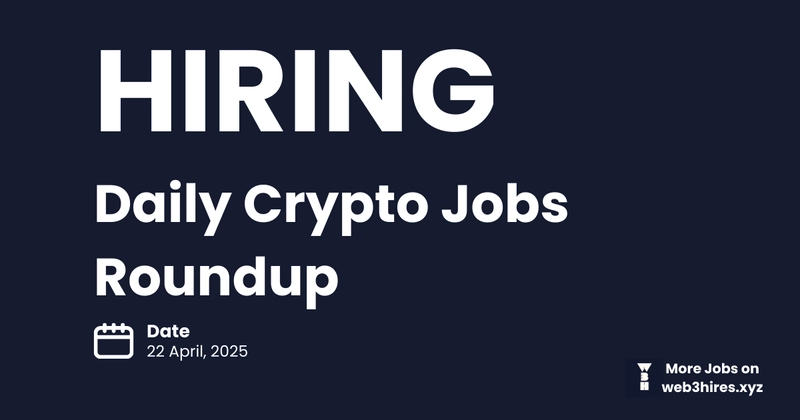

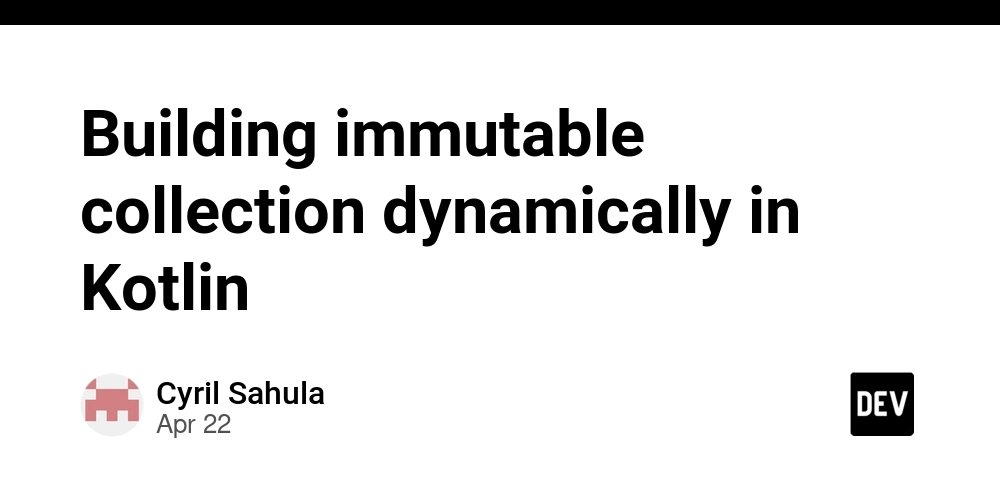















![From fast food worker to cybersecurity engineer with Tae'lur Alexis [Podcast #169]](https://cdn.hashnode.com/res/hashnode/image/upload/v1745242807605/8a6cf71c-144f-4c91-9532-62d7c92c0f65.png?#)























![BPMN-procesmodellering [closed]](https://i.sstatic.net/l7l8q49F.png)

























































































































.webp?#)














































































































![Apple Releases iOS 18.5 Beta 3 and iPadOS 18.5 Beta 3 [Download]](https://www.iclarified.com/images/news/97076/97076/97076-640.jpg)
![Apple Seeds visionOS 2.5 Beta 3 to Developers [Download]](https://www.iclarified.com/images/news/97077/97077/97077-640.jpg)
![Apple Seeds tvOS 18.5 Beta 3 to Developers [Download]](https://www.iclarified.com/images/news/97078/97078/97078-640.jpg)
![Apple Seeds watchOS 11.5 Beta 3 to Developers [Download]](https://www.iclarified.com/images/news/97079/97079/97079-640.jpg)
















































